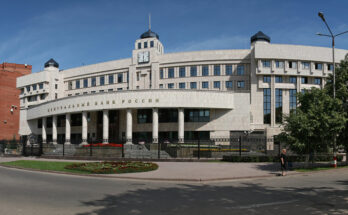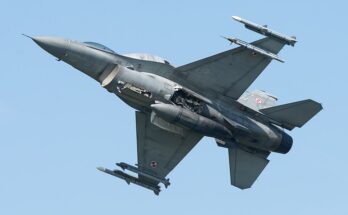
Russia’s main defense conglomerate, Rostec, is working to adjust to a “rapidly changing world” in the defense market.
In a recent interview with Defense News at the sidelines of the IDEX military exhibition in Abu Dhabi, Rostec director of international cooperation and regional policy Viktor Kladov discussed the challenges that Russia sees in the international arms market, as well as how Rostec is adapting itself.
Asked about the biggest challenge facing Russian arms exports, Kladov said, “The biggest challenge is a rapidly changing world. Most nations don’t want to just buy, they want to acquire technologies.” He pointed to India, specifically, whose “Make in India” program entails localizing production of military equipment, rather than just buying hardware “off the shelf.” India is one of Russia’s top destinations for military products.
Who supplies arms to India🇮🇳 and Pakistan🇵🇰? New SIPRI graphic details the suppliers from 1999 to 2018; full analysis and more in the latest SIPRI report on arms transfers: https://t.co/tERRgUlgr2#ArmsTransfers #India #Pakistan pic.twitter.com/V192KjArsd
— SIPRI (@SIPRIorg) March 11, 2019
Another country he pointed to was the United Arab Emirates, which “wants to jointly design an aircraft, a helicopter.” Rostec subsidiary Russian Helicopters has previously indicated that the UAE is interested in procurement of the Ka-226 and Ansat helicopters. The UAE has also shown interest in working with Russia on a fighter jet project, though it is unclear whether the sides are actively exploring this opportunity.
In order to meet this changing environment, Rostec is changing its approach, “from simply delivering equipment to establishing a technological partnership,” Kladov said.
Other challenges facing Rostec’s exports are the emphasis by importing countries on “lifetime support plans,” the development of new technological products, and the share of civilian products in the firm’s exports portfolio. On the latter issue, civilian conversion, Kladov noted that Russian Helicopters has around 25 percent of the world’s attack helicopter market – exporting products such as the Ka-52, Mi-28, and Mi-35M – but has only about 2 percent of the global market for civilian helicopters.
The interview briefly touched on American efforts to pressure importing countries to not purchase Russian equipment, centering on Turkey, which is slated to start receiving the S-400 surface-to-air missile system later this year. American officials have warned Turkey that acquiring the S-400 will prevent it from receiving the F-35 fifth-generation fighter jet.
Kladov said of the situation, “We are cooperating with partners and potential partners, regardless of who likes it and who doesn’t like it. It’s business. It’s just business ties. This is a system that the Turkish government wants, and we want to give it. And so far it’s going very smoothly.”
He added, “A Russian journalist asked me: ‘If the Americans don’t give the F-35 to Turkey, does it mean you will provide the Su-35?’ And I said: ‘No, it doesn’t work that way.’ In the first place, it will be decided by the Turkish.”
Beyond Turkey, the U.S. has sought to limit Russia’s arms exports through the passage of new sanctions bills, notably CAATSA, that punish countries for purchasing from the Russian defense industry. However, implementation of that law has proved tricky for the U.S., which has offered allied and friendly countries waivers for some buys from Russia.
Military markets analyst, covering Eurasia, Middle East, and Africa.




